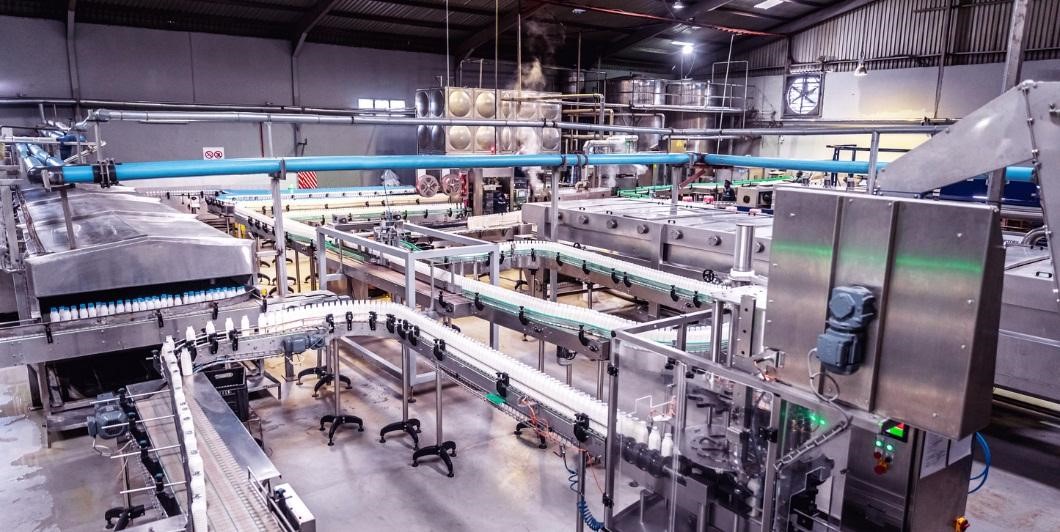Control systems serve as the heart of modern manufacturing automation. These systems bring together hardware and software so companies can monitor, regulate, and optimize production processes. They do so with the help of sensors, programmable logic controllers (PLCs), and supervisory control and data acquisition (SCADA) software. With this system, a company can continuously gather data, make adjustments, and ensure its equipment is efficient, safe, and reliable.
Table of Contents
Integrated Data Across the Floor
Advanced industrial control systems work on more than one machine. A company can gather data from across the factory floor and use this data as the company’s digital nervous system, much like the nervous system in the human body. Employees can see and manage all production activities at once. This connectivity allows the company to make decisions based on data rather than guessing, which has transformed the industry.
Company-Wide Improvements
Companies must bring their products to market rapidly if they want to remain competitive. However, they can’t sacrifice quality in the process. Increasing automation in the workplace drives productivity while reducing costs. Automation makes manufacturing operations more efficient and agile. The company can respond to customer demands quickly.
Robotic Systems
Robots can perform many of the same tasks as humans and do them better. They handle repetitive tasks with speed, precision, and consistency without worry of damage. Humans who carry out these tasks are at risk of injuries, so moving to robots makes sense. Robots can also work around the clock with minimal time and the company can reprogram them as production needs change.
Smart Factories
Smart factories, often referred to as lights-out manufacturing, are production plants that are almost fully automated. Very few humans are needed to run these plants, saving a company money. In these facilities, autonomous systems control every aspect of the manufacturing process from production scheduling to logistics. The plant is highly efficient, agile, and cost-effective.
Additional Advancements
Automated guided vehicles are found in many factories today, as they optimize workflows while reducing the need for human labor. Advanced sensors can be embedded throughout the manufacturing process to monitor equipment and alert workers to potential problems before they lead to avoidable downtime. Cloud computing allows for remote monitoring and optimization of equipment. It is also of help with predictive maintenance.
The Challenges of Automation
Automation in industrial industries is not without its challenges. A company will spend a significant amount of money bringing in automated systems. They must also handle moving tasks over from workers to robots and automated systems. When doing so, they must take care to not offend customers who may not appreciate this move. Technical hurdles must also be overcome.
Nevertheless, the benefits of automation far outweigh the challenges. A facility can increase productivity by up to 50 percent by making the switch to automation. Defects decrease by up to 70 percent and labor costs decline. Humans can turn their focus to strategic tasks that add value to the organization, ones that leverage their creativity, problem-solving skills, and expertise.
Manufacturers must find ways to remain competitive as technology advances. Embracing automation will better position the company to compete internationally while meeting customers’ demands. When a manufacturer is able to do so, its long-term viability is almost guaranteed. Factories of the future will be highly automated. Who could have imagined this a few short decades ago?

